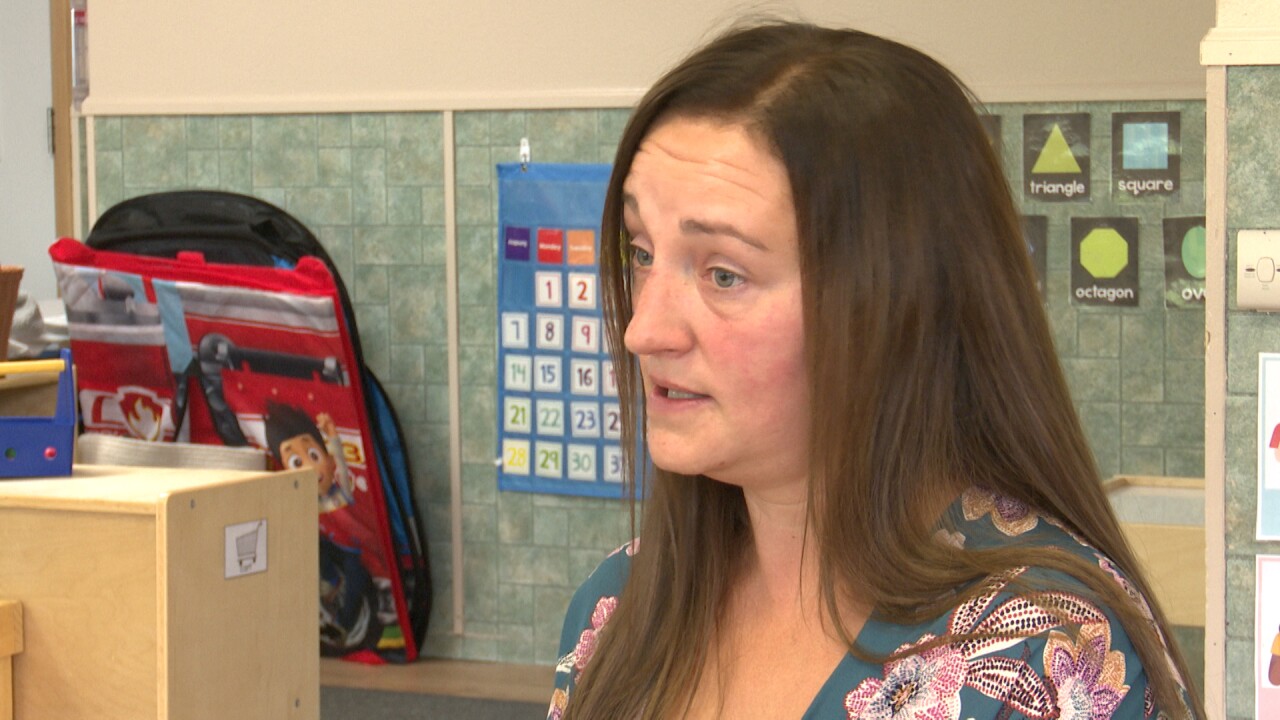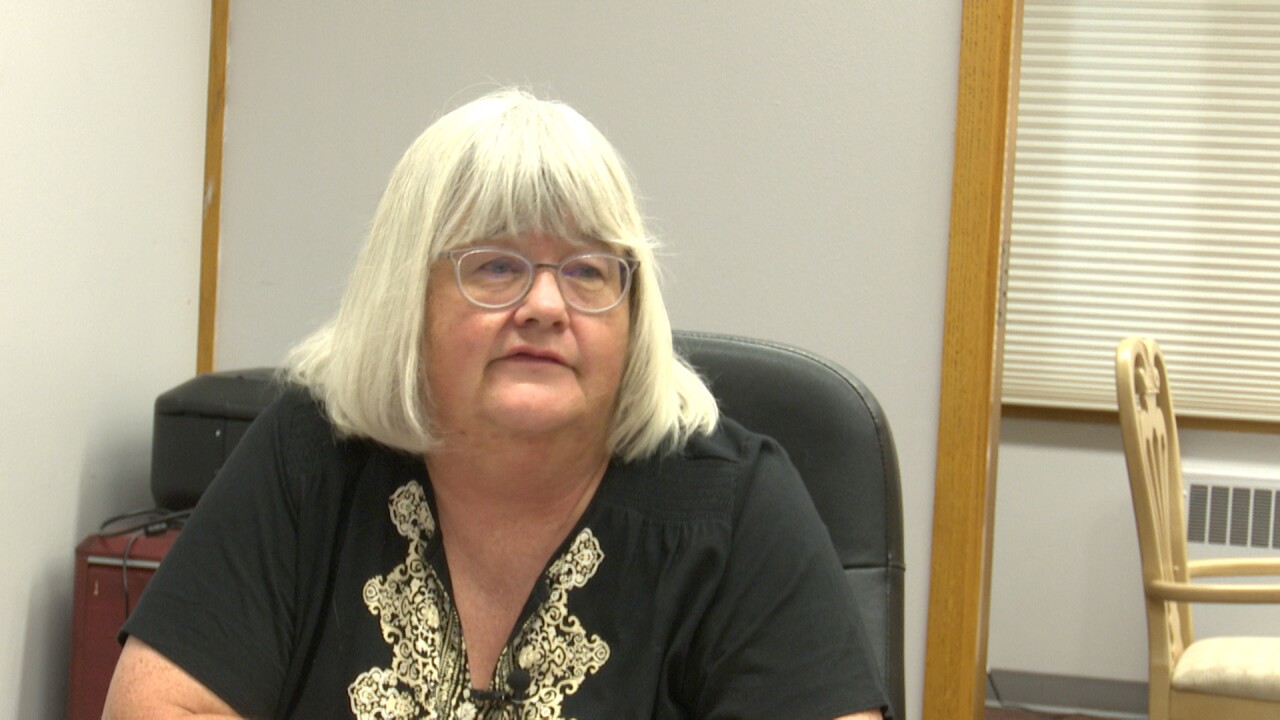HELENA — If you’re looking for a child-care slot for your kids in Montana right now – good luck.
“We take 50 children at a time, and I have 70 kids on my wait-list,” says Hannah Danzer, director of Rocky Mountain Preschool Center in Helena. “I won’t even be able to look at that wait-list of 70 kids until the fall of 2022. … This is one of the biggest problems in our community.”
“There’s a crisis in child care,” adds Jane Schumacher, executive director of Child Care Connections, based in Bozeman.
But the state now has $112 million in federal funds to help address the problem – money that should start becoming available this fall.
The Gianforte administration has approved spending $31 million of the money and may have guidelines for grant applications ready by September. Another $42 million proposal comes before a legislative commission next week.

Child-care advocates and operators say the priority for the money seems obvious: More resources for staff salaries and benefits.
“The average wage for child-care providers is $11 an hour; that is just not competitive in this market,” Schumacher told MTN News this week. “It costs to do quality child care. Staffing is the most expense for a provider.”
“I’m hiring; every provider I talk to is hiring,” Danzer said. “If we don’t have the staff to work, we can’t take the kids in.”
The first round of money can be used for personnel costs – as well as rent, utilities, supplies and payment of past losses and expenses. During the Covid-19 pandemic, 170 child-care businesses in Montana closed, state officials have said.
Guidelines for the next round of spending haven’t been finalized yet, but the state has said federal rules require targeting the funds for items similar to the first round: Employee training, equipment and property improvements, with an emphasis on addressing “child care deserts.”
Recent surveys indicate that much of Montana could be considered a child-care desert.
A November report by the Federal Reserve Bank and the Montana Department of Labor said only two of 56 counties have enough licensed child slots to meet even 50 percent of demand (Silver Bow and Beaverhead).
The slots in major cities are meeting no more than 42 percent of the demand. In many rural counties, it’s below 30 percent.
A spring survey by Kids Count, which produces data on children’s issues in Montana, said the state has licensed child-care spots for only one in three kids under 6 years old.

While demand for child care is high, providers say meeting that demand is mostly a matter of math that doesn’t quite add up. They often don’t have the money to retain or expand staffing, and most parents would have trouble paying higher fees to fund that staffing.
“Some of the parents have a really hard time when we raise the rates,” says Valerie Reighard, director of Just Like Home Day Care in Helena.
And those rates aren’t exactly cheap to begin with. Around the state, they range from lows near $600 a month, per child, to highs of almost $1,200 a month.
In Helena, it’s not unusual to find rates ranging from $700 to $900 a month, depending on the age of the child and the facility.
Some public funding is available to help families pay the bill, but only for those earning up to 185 percent of the federal poverty level, or $49,000 a year for a family of four.
Schumacher said her group would like to see that eligibility ceiling raised to 200 percent of the federal poverty level.

Gov. Greg Gianforte, a Republican, told MTN News he wants to push the child-care money out as quickly as possible, and that the state needs to build up its child-care capacity to enable people to get back on the job after the pandemic.
Yet he also said the Democratic-passed American Rescue Plan, which is providing the federal funds, is “fiscally irresponsible,” and questioned whether all the child-care money is needed.
“I don’t know that we can spend $112 million on child care,” he said. “These numbers are ridiculously high. And we want to be good stewards of these dollars.”
Child-care operators, however, said now is not the time for scrimping on this problem.
“Society as a whole and our community need to realize that child care is an essential part of our world,” Reighard said. “The money needs to be spent in helping centers and helping families to be able to get their kiddos into some care. Because, if there’s no child care, it makes it difficult for parents to work.”
A memo from the Gianforte administration on the first round of federal child-care funding said a goal is to “maintain or increase (the) current number of slots for children by 5 percent by Sept. 30, 2023.”

Child-care advocates said that goal seems oddly low, and that they’d hope federal funding can do more.
“I mean, there is really nowhere else for kids to go right now, and that’s the struggle,” Danzer of Rocky Mountain Preschool said.
The federal money, however, does run out in two years – and Gianforte has said he doesn’t want to create permanent entitlement programs with the spending.
Schumacher said she’s hopeful the Biden administration and Congress will come up with additional federal spending for child care after the ARPA money runs out.
But even if it doesn’t, the $112 million can go a long ways toward improving and expanding care for Montana’s preschoolers during that period, she said.
“I think for people, (the problem) just feels too big and too expensive,” Schumacher said, “But even if we had just two years of funding, we can at least have some research and some data that show us what worked and what didn’t.
“Two years is two years. But we’re hoping there is not a cliff.”




